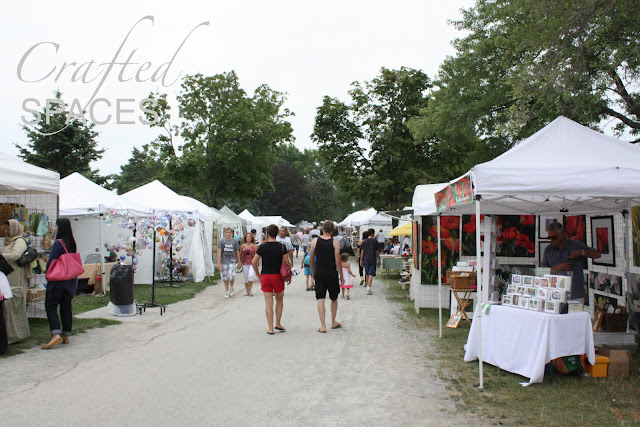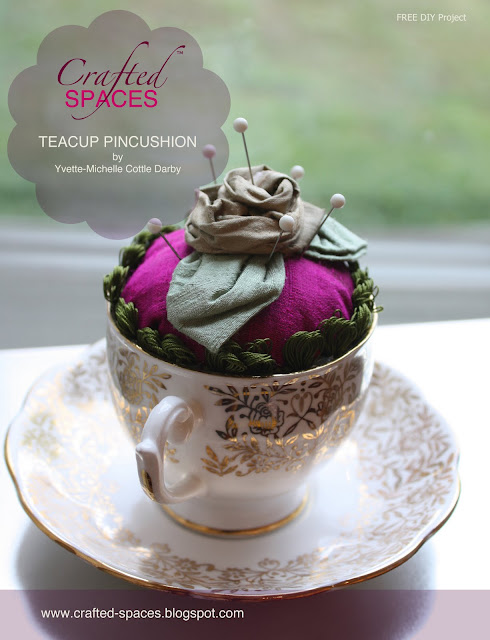
by Yvette-Michelle Cottle Darby
It is that time of year when many of us are getting organized in our studio and getting ready for another year of craft and trade shows. Perhaps you already have your list of events all lined up or are considering adding some new events to your schedule. Most of the show organizers are currently posting their new application packages and before long the application deadlines will be upon us.
It is that time of year when many of us are getting organized in our studio and getting ready for another year of craft and trade shows. Perhaps you already have your list of events all lined up or are considering adding some new events to your schedule. Most of the show organizers are currently posting their new application packages and before long the application deadlines will be upon us.
Through my business Verona Collections I have been attending craft and trade shows for over fifteen years. Over the years I have done community based events, retail craft shows and wholesale trade shows. Most of the events I have attended have been juried. There are a number of shows that have built great reputations for themselves and they can be difficult to get into. However, don't despair, there are lots of shows to choose from and each have their benefits.
With so many shows to select from, finding the one that is right for you and your product can be overwhelming. To help you avoid the costly trial and error process, I wanted to share with you a few tips that have worked for me over the years.
Tips for selecting the right shows:
- Start early in your search
- If possible attend a prior show to evaluate if it will meet your needs
- Request information from show management that will help in your decision making i.e. target audience, attendance, and other stats
- Evaluate the full cost of attending the show; including, exhibit space, service fees, transportation, accommodations, etc.
- If possible chat with someone who attended the show to get feedback on their experience
- Enquire about what services and other resources are being offered by show management
- What percent of your target audience attend this show
- What price point are other vendors selling at
Join us at our NEW Crafted Spaces online community for a list of shows that might be of interest to you and your creative business venture. We also have available a "Show Evaluation" sheet that will help you with your selection process. Your comments and show suggestions are also welcomed and can be shared in the comment section of this post.






























